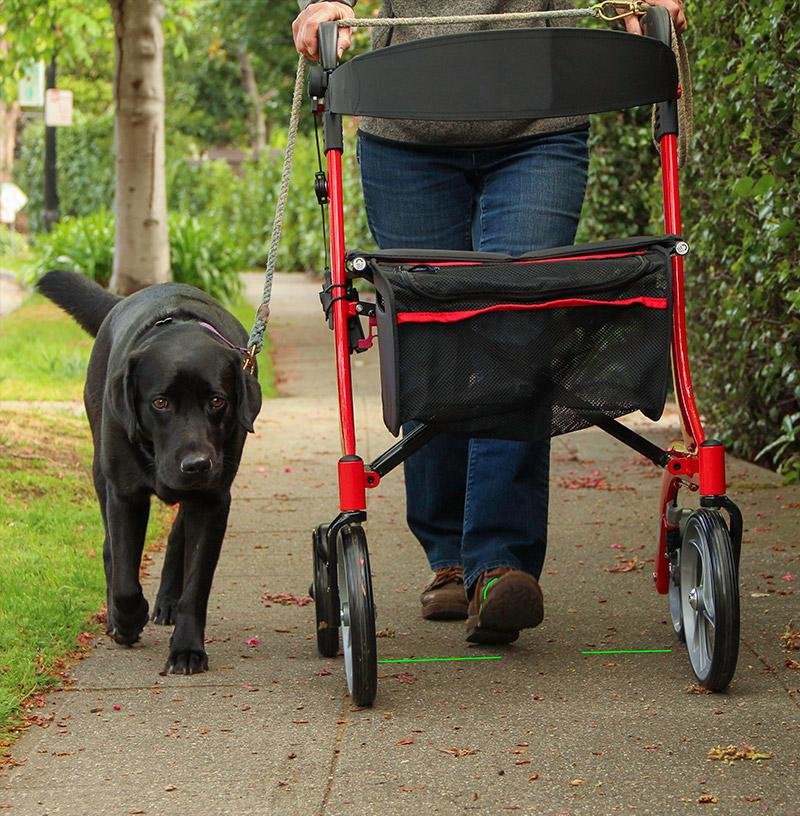Articles
Filter by Topic
- Bike Labyrinth 3
- Bone density 1
- Bridging the Gap 1
- Bridging the Gap 1
- Carbonhand 4
- Cardiovascular 1
- Client Stories 4
- Cognition 1
- Company Updates 3
- Decision Making 1
- Dementia 1
- Denervation 17
- Diabetic Foot 12
- Efficiency 1
- Electrotherapy 24
- Exercise Benefits 26
- FES Cycling 7
- Functional Electrical Stimulation (FES) 46
- Gait 2
- Goal Setting 5
- Grip 3
- Healthspan 2
- Indego 13
- Lifestyle 8
- Lower Motor Neuron 1
- Mobility 16
- Motivation 2
- Nerve injury 1
- NexStride 1
- Occupational Therapy 1
- Orthotic 15
- PRAFO 21
- Pain 4
- Parkinsons 2
- Pressure Ulcers 9
- Product Updates 7
- RISE Stimulator 6
- Safety 1
- Standing 3
- Stimulette den2x 5
- Support 1
- TENS 1
- Technology 17
- Tek RMD 20
- Tips and Gadgets 4
- Training 4
- Transverse Myelitis 1
- Upper Motor Neuron 1
- Video 1
- Wound Healing 4
Article Length
- 1 minute read 3
- 10 minute read 5
- 11 minute read 1
- 12 minute read 5
- 15 minute read 6
- 19 minute read 1
- 2 minute read 4
- 26 minute read 1
- 27 minute read 1
- 28 minute read 1
- 3 minutes read 9
- 4 minute read 33
- 5 Minute read 10
- 6 minute read 4
- 7 minute read 13
- 8 minute read 2
- 9 minute read 1
- FES 2
- FoG 1
- PRAFO 1
- Seven Minute Read 1
- awareness 1
- carbonhand 2
- cognitive 1
- cues 1
- freezing gait 1
- freezing of gait 1
- gait 1
- neurological 1
- neuroplasticity 1
- nexstride 2
- occupational therapy 1
- occupational therapy day 1
- orthopaedics 1
- orthotic 1
- parkinson's 1
- pressure 1
- pressure relief 1
- prevention 1
- rehabilitation 2
- stroke 1
- ulcers 1
- world stroke day 1
Why your NMES product probably doesn't work with denervated muscle.
It's not unusual for us to receive a call from a client with a spinal cord injury or a peripheral nerve injury who has been trying to use a handheld NMES (a form of Functional Electrical Stimulation) product and can't seem to produce a muscle contraction. The reason is likely because the muscle is denervated, and the NMES unit is unsuitable for that application. This article will explain why these units will not be suitable when denervated muscles are present, especially if it has been some time since the injury.
FES Cycling and cardiovascular fitness following a spinal cord injury?
The effects of a spinal cord injury (SCI) vary depending on the neurological level of the damage and the extent of neural traffic interruption at the site of the lesion. Common primary effects may include paralysis and loss of sensation in the legs, arms, and trunk, as well as disruptions in bladder and bowel function and the regulation of blood pressure, heart rate, and lung function. In this article, we will look at this topic in detail and how FES Cycling can help persons following a spinal cord injury maintain fitness with a particular focus on cardiovascular function.
Electrical Stimulation in Pain Management?
Explore the empowering world of pain management through electrical stimulation. Discover the truth beyond the common misconception that it's all about 'TENS' (Transcutaneous Electrical Nerve Stimulation). In reality, there are a plethora of protocols that can be customised to the type and origin of your pain. Join us at Anatomical Concepts as we delve deeper into these less-known yet effective approaches for pain management. Remember, you have the power to manage your pain safely and effectively!
A Closer Look at Muscle Fatigue in FES Cycling and Spinal Cord Rehabilitation
What we have found in many years of working with spinal cord injured persons using FES Cycling, is that some clients are impatient to see their legs working hard from day one. They are disappointed when their muscles seem to fatigue so quickly when they start training for the first time. To understand why this is the case, we need to look at how muscles behave when contracting with the aid of electrical stimulation. We should also understand how a spinal cord injury produces changes in a person's muscular, skeletal and neural structures.
The challenge of equipment selection for disabled clients
This article offers a detailed guide to adaptive equipment procurement after a spinal cord injury or disability. It emphasises the significance of initial assessment, research, and involving healthcare professionals, family, and caregivers. It also covers vendor reliability, financial aspects, equipment trial, customisation, training, maintenance, reassessment, community support, and embracing new technologies. Overall, the holistic approach aims to ensure a positive outcome for individuals needing adaptive equipment.
Freezing of gait: Overcoming the Challenges Faced by Individuals with Parkinson's Disease
Discover the profound impact of freezing of gait on individuals with Parkinson's disease. Explore its complexities, causes, and the need for personalized interventions. Learn how NexStride offers hope by enabling self-management and restoring confidence.






